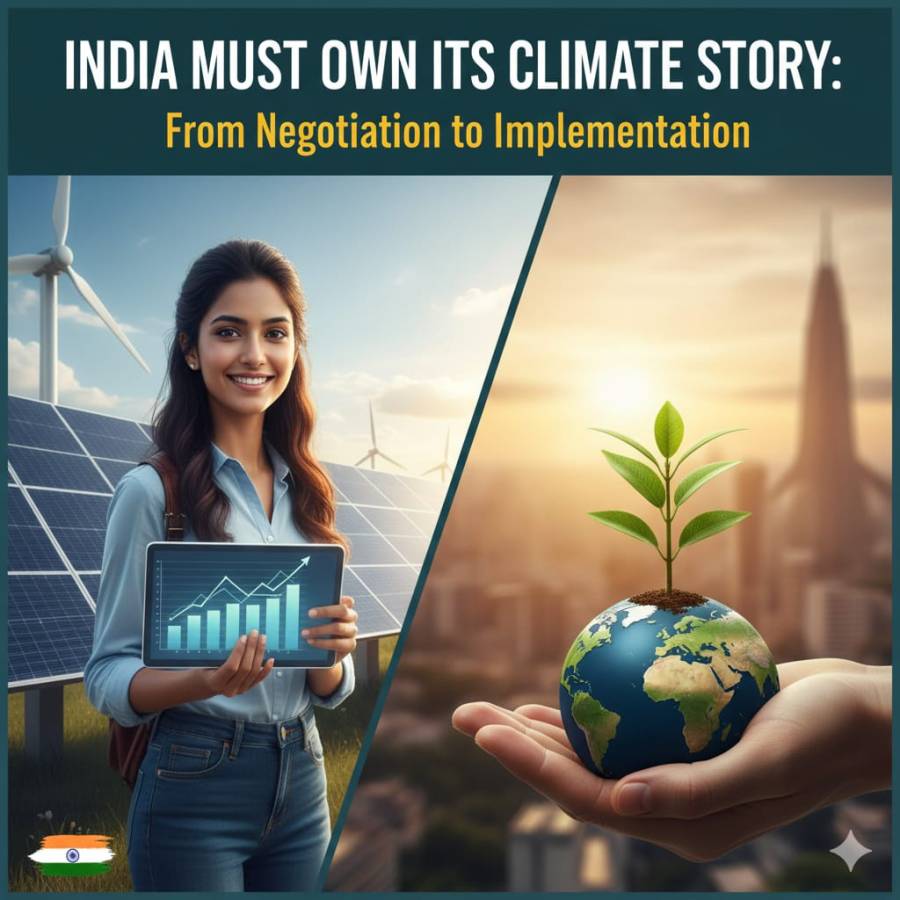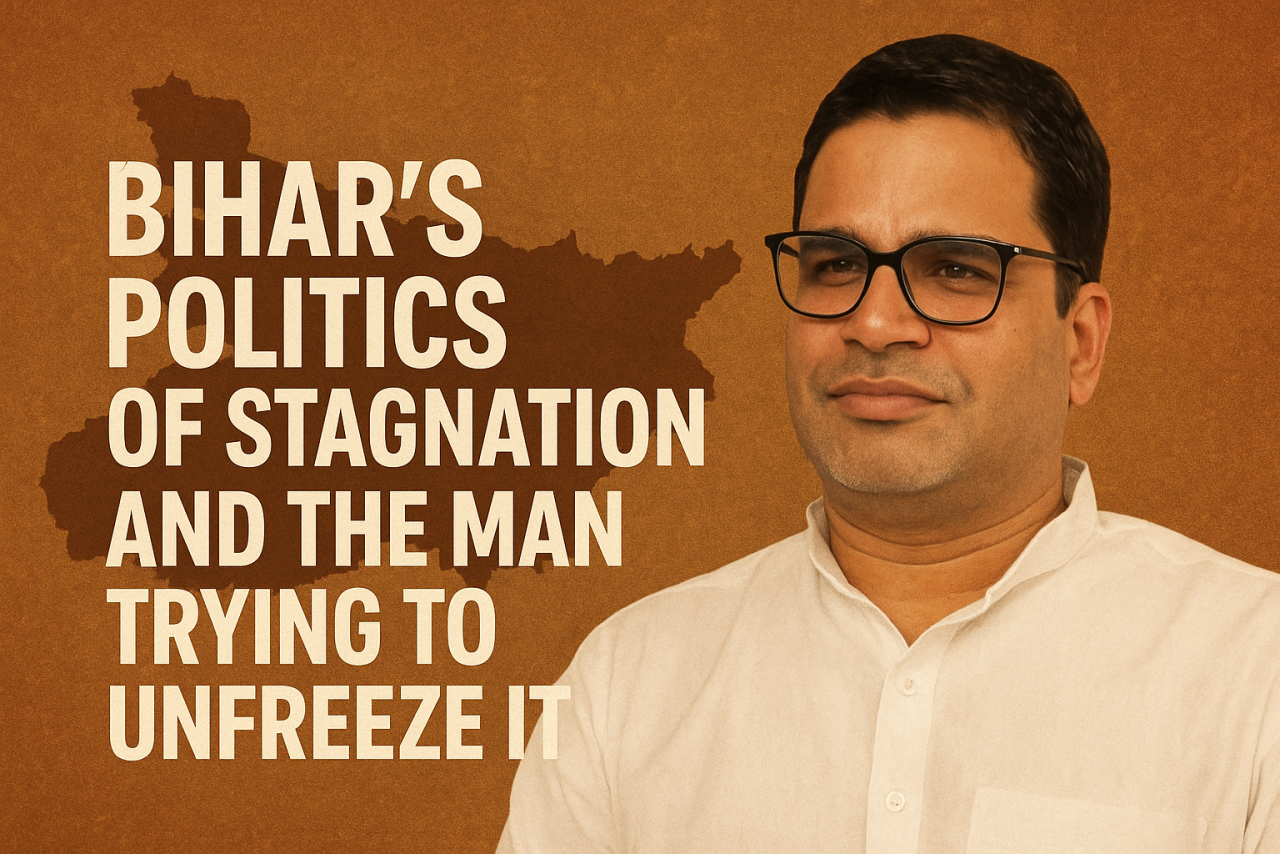
As COP30 unfolds in Belém this week, the world is once again confronting the urgency of its climate promises. For India, this summit is not just another diplomatic gathering; it is a defining moment to take ownership of its climate story. The stakes are enormous from the fight for climate justice and the 1.5°C goal to India’s emergence as a global leader in sustainable growth.
The narrative emerging from the Global South must rest on two core principles: equity and action. For decades, industrialized nations have pursued unrestrained, carbon-heavy growth that has pushed the planet to its limits. While India is now among the largest emitters, its historical share of responsibility remains small. True climate justice demands that the burden of repair falls on those who created the crisis. Rich countries must finally fulfil their commitments on finance and technology transfer — not as charity, but as repayment of a long-standing climate debt.
Yet a troubling “perception gap” persists — a widening distance between what is promised in global negotiation halls and what is delivered on the ground. Developed nations often amplify their climate claims while underdelivering, leaving the most vulnerable regions, from the Asia-Pacific to small island nations, to bear the brunt of disasters. The damage already runs into billions of dollars, with entire communities struggling to rebuild livelihoods.
The Power of Proof: India’s Commitment to Action
Amid this backdrop of global hesitation, India’s actions tell a more confident story. The country has shifted from defensive diplomacy to demonstrable progress. It is already on course to meet its 2030 Nationally Determined Contributions (NDCs), a rare achievement among major economies. India’s goal of sourcing 50 percent of its energy from non-fossil fuel sources by 2030 is being pursued aggressively — and several targets are expected to be met ahead of schedule.
This momentum is driven by a strategy that values delivery over declarations. Initiatives like Digital Public Infrastructure (DPI) are being used to enhance energy efficiency, track emissions, and strengthen transparency. Alongside this, the National Green Hydrogen Mission is positioning India at the forefront of clean energy innovation. Together, these initiatives show that economic growth and environmental responsibility can move in step. This practical approach gives India the moral authority to push for fairness in global climate governance.
The Bitter Return: Finance and Critical Minerals
Yet, ambition needs resources. India’s green transformation requires an estimated $2.5 trillion in investment by 2030. Without a structured global framework of financial and technological cooperation, this figure risks becoming an obstacle. The world’s failure to mobilize the promised $100 billion a year in climate finance remains one of the biggest stains on multilateral climate diplomacy. For India, this is not about aid; it is about equity — acknowledging that those who benefited most from past emissions must now help fund the transition for those still developing.
The next major challenge lies in securing access to critical minerals. The technologies that power solar energy, electric mobility, and wind infrastructure rely heavily on rare minerals, and the supply chains for these are tightly controlled by a few countries. India must ensure that its renewable energy future does not fall into a new kind of resource dependency. A fair global mechanism, such as a credible carbon market, could provide the financial incentives and material access needed to sustain a just transition.
A Lifestyle for Environment
India’s climate story, however, must go beyond policy frameworks and financial appeals. It must embrace a cultural transformation through the idea of Lifestyle for Environment (L.I.F.E.). This initiative promotes sustainable living — urging individuals to make conscious, mindful choices about consumption, waste, and resource use. It celebrates balance rather than austerity, linking small personal actions to the larger global effort for sustainability.
As COP30 continues, India stands at a decisive crossroads. It can no longer remain just a participant in climate discussions; it must emerge as a rule-shaper in global climate policy. The country’s task now is to ensure progress on finance, technology, and equity and to show that inclusive, ambitious, and grounded climate action is not only possible but replicable. India’s story is one of resilience, innovation, and justice. The world must listen, learn, and join hands to turn that story into a shared path forward.




















